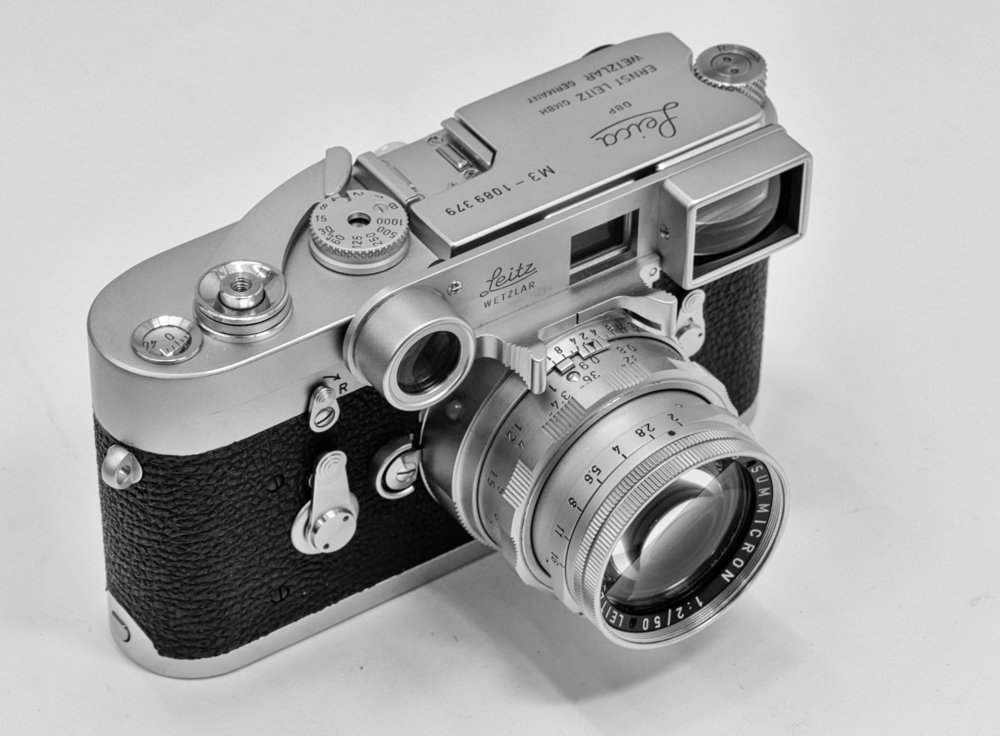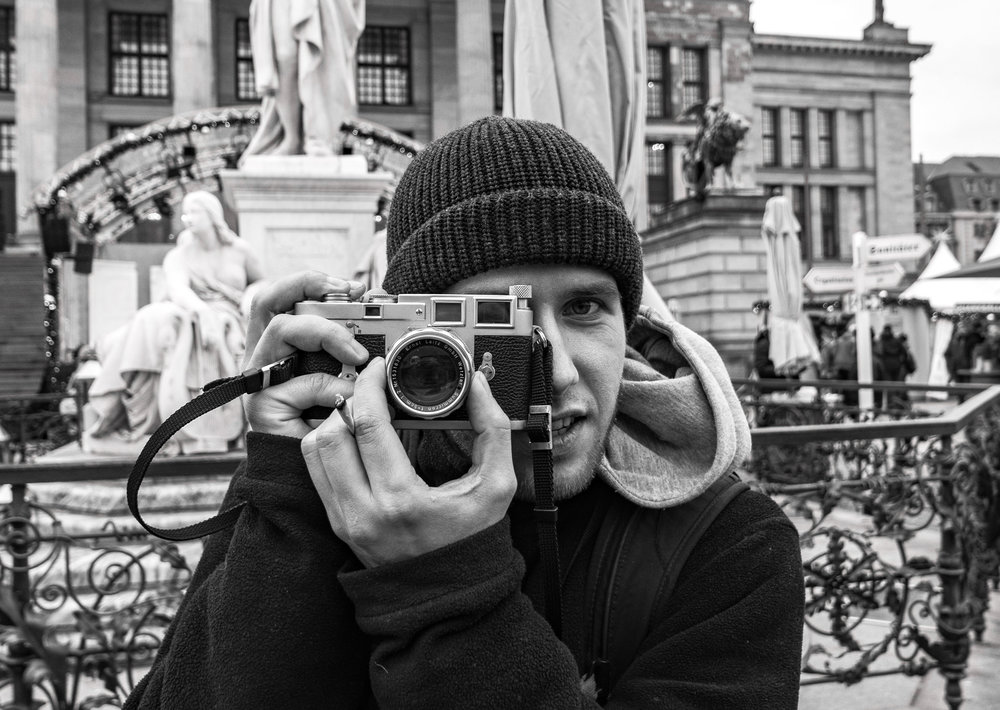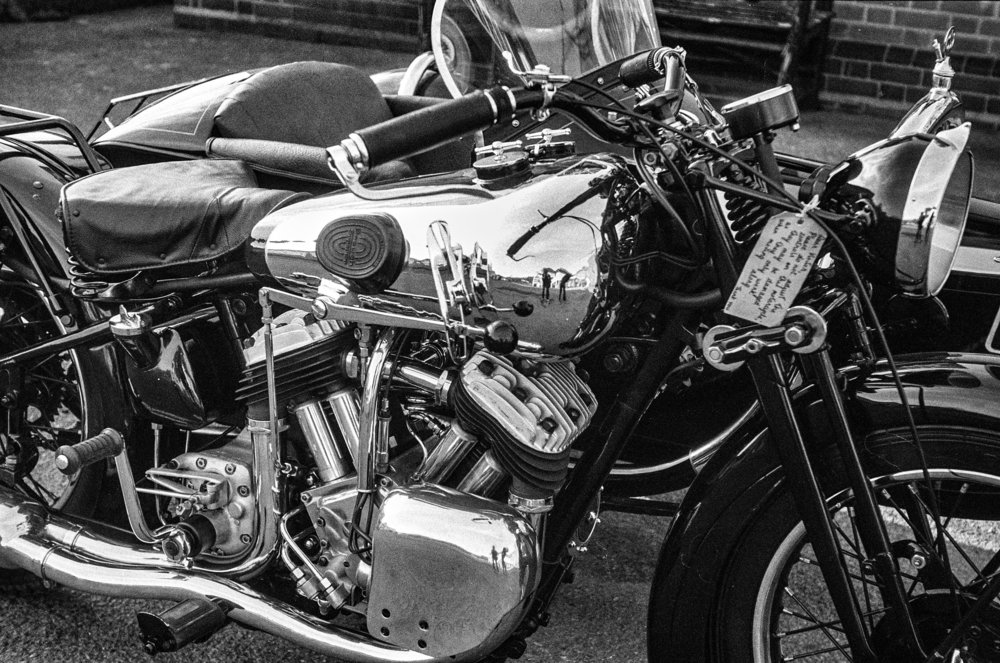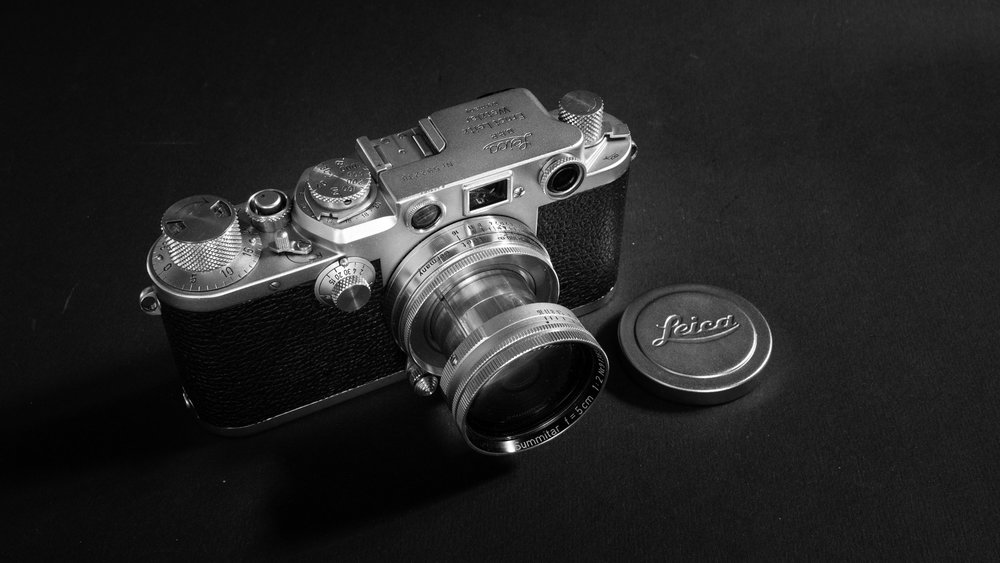
Ultimately, I’d never like to prescribe the use of a rangefinder to anyone for any type of photography any more than I’d prescribe the use of any other type of camera – the variables are simply too great. But, what I can say is this, for the right type of photography, for the right type of photographer nothing comes close to the experience of using a rangefinder camera.
My friend and fellow photography blogger, Hamish Gill of 35mmc.com, has a much more focused approach to his camera gear than most of us. He is a dedicated rangefinder enthusiast and has produced a magnificently detailed guide to the rangefinder that Macfilos readers will love. In the above quote, Hamish reaches his conclusion. It’s one I would agree with.

Most readers of this blog are familiar with rangefinders. It’s Leica in the main, although David Babsky and others have had more extensive experience of non-Leica rangefinders, as he demonstrated in his article yesterday. But for a whole generation of digital photographers, the rangefinder is an oddity. Quite often, I meet people who have never used a rangefinder and have no concept of focusing a picture by aligning two images. We know it’s a satisfying experience, but try explaining that to someone who has always used a digital camera or, for that matter, a smartphone photographer.

As Hamish explains at the outset:
For many photographers rangefinder cameras are some of the most simple, easy to use, unimposing and inconspicuous cameras available. Yet for those who don’t get on with them, they can distract from the process of photography and feel unnecessarily difficult and indeed limiting in use. Of course, there’s no right and wrong here, it’s all subjective and comes down to people’s simple preferences. But there are good reasons why both sets of opinions exist.
Hamish sets out to unpick some of this with his little guide to the rangefinder camera — which is definitely worth reading in full.

RELATED ARTICLES
Leica M3: Minty model and a stunning rare lens arrive in the mail
Leica M3: Film photography and a plate of Kaiserschmarrn

Thank you Hamish for introducing us to your photographic love. My only experience of a rangefinder was my free use of the M10 earlier this year, which feels now like an age ago. However I loved it, and it was something I want to do again in my life at some future point. However I would only do it with a Leica, and I accept that it will be a while before my finances reach out to buying the kit I want, even if I do it preowned.
Cheers
Dave S
A nice little guide, Hamish. The cameras which you show are very nice examples of film cameras which are available on the second hand market today. They much nicer to use and to hold than any modern digital camera. Before there were cameras with built in rangefinders there were separate rangefinders available to sit in the camera shoe. They were, of course, not coupled and the photographer had to remember to transfer the appropriate distance setting to the lens. I am currently reviewing the book Museum Leica by Lars Netopil and the review should appear in the UK Leica Society magazine early next year. The book includes the earliest attempt by Oskar Barnack to add a rangefinder onto a Leica I camera. It was literally that, with a rangefinder hanging out of the front of the camera. Barnack then went on to develop a coupled rangefinder in a nice little housing on top of the camera and this design is basically the same as what we have today, apart from the combined viewfinder which was introduced with the M3 in 1954. Barnack not only designed the technology but also made an input into the aesthetic side of the, now familiar, design.
Recently, I went back to using some manual focus SLRs but I found them much more difficult to use than a rangefinder, whereas, with younger eyes, I had much less difficulty years ago. I find at this stage that I get a much higher hit rate of in-focus shots with a rangefinder than I do with autofocus.
William
I still find autofocus an oddity, and my eyes are still in reasonable nick (according to my optometrist).
I manual focus my X more than use autofocus, and I have been learning to manual focus the Df, oddly our eyes are better than the autofocus mechanisms on more occasions than the electronic ones allow.
Dave S
My first camera was a minolta srt 100 but my first serious camera was an analog leica cl with the 28 and 40 mm lenses. I’ve used it for a long time and I loved it. It was discreet, small and the quality was absolutely stunning. The use was straightforward. As I wanted to try zeiss lenses I was then lured by the contax g1 with the 28 and 45 mm lens, a wonderful camera in its own respect though from previous post I’ve read, some of you had problems with the camera. My local leica dealer made me look into the viewfinder of a leica R9 so I went back to reflex cameras and could afford both summicrons 35 and 50 mm. When the M8 came, I sold the R9 with its 2 lenses. The whole outfit was quite bulky and I wanted something smaller and went back to rangefinder shooting. I had a fine romance with the M8 with the 24 and 35 mm lenses until my eyesight deteriorated quite a lot with age. After using it with bad eyesight my photos were out of focus (nothing to do with the rangefinder "alignement" (sorry but I don’t know the word in English). I loved the out of the frame part of the image which allowed to frame your images perfectly. Even working with hyperfocal focus it didn’t work all the time and I got quite frustrated with my images. That’s where the ricoh gxr and the long line of GR and grd cameras came in. I’ve still got them and finally bought the X2 to get that Leica look again. I often use the hyperfocal in manual mode with the X2 crappy screen but the relatively small sensor compensate sometimes my wrong reading of distances. I’d love to go back to rangefinder shooting but I’ve looked and tried the M10 and I think I unfortunately have to give up the idea. Till a genius of a surgeon can fix my eyes problem I’ll stick to the X2 which is a wonderful camera in its own respect. Rangefinder shooting was the best experience I had in photography but I guess it has to be classified in souvenirs now. The closest experience is to shoot at arms’ length with a good camera back screen when you can see what happens inside and outside the frame.
Jean